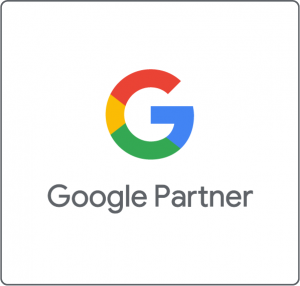5 Recommendations on How Marketers Can Succeed in a Privacy-First Future
According to a recent Pew Research survey, 81% of Americans think the potential risks of consumer data collection by companies outweigh the benefits.
As a result of widespread consumer disapproval of targeting tools such as third-party cookies—not to mention government privacy regulations and changing policies from tech giants like Apple and Google—advertisers must find new ways to market relevant content to audience segments.
Read on for five recommendations on how marketers can succeed in a privacy-first future:
-
Avoid Short-Term Solutions
Creating a cookieless new normal isn’t going to happen overnight—it’s a marathon, not a race. Easy, quick alternatives are not the way to go.
As Alex Cone of the IAB Tech Lab mentioned when we asked him about the future of identity, “if a solution sounds too good to be true (i.e. a silver bullet) then it most likely is.”
-
Leverage Consented First-Party Data
Whether you’re a publisher or a marketer, collecting and leveraging first-party data from consumers is going to be key moving forward.
If you have access to email addresses, phone numbers, or any other consented data from your users, you can layer that data into other types of targeting to differentiate audience groups.
-
Use Privacy-Centric Approaches to Targeting
Contextual, semantic, and machine learning are all targeting options that marketers can leverage without worrying about consumer privacy concerns.
For more granular insights on which of these targeting options work best for specific campaigns, check out Prep Your DSP, Social, and Search Campaigns for iOS 14 and Third-Party Cookie Loss.
-
Adapt to Modeled Conversions
As marketers, we’re used to having a lot of data in front of us. But as opting out becomes a more common option for consumers, marketers will need to complement the data they are able to collect with modeled conversions.
-
Investigate Server-Side or Offline Events
It’s a good idea to pull data from locations other than browsers and mobile devices. If you’re able to track events within a server or off your website, you’ll be less dependent on the changes happening elsewhere.
For more insight into the changing landscape of consumer privacy, check out Identity 2.0: What’s Next After Third-Party Cookies.
Sources:
https://www.pewresearch.org/internet/2019/11/15/americans-and-privacy-concerned-confused-and-feeling-lack-of-control-over-their-personal-information/
https://www.forbes.com/sites/taarinikaurdang/2021/05/27/why-privacy-first-approach-is-critical-for-data-based-innovation/?sh=4723da345291




